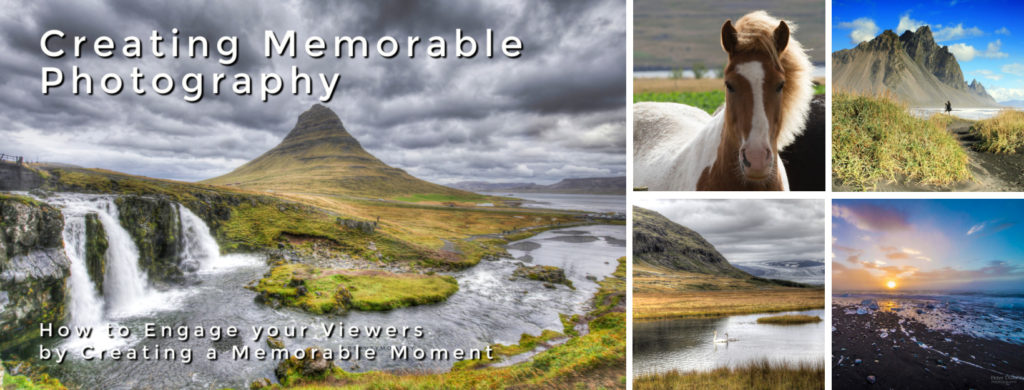
What Makes a Photograph Memorable?
When scanning through a magazine or browsing the internet, we are continuously exposed to photographic images. The power of images plays an integral role in storytelling. Amazing photographers like Ansel Adams, Annie Leibovitz, and such like produce amazing work that captures the imagination at first glance. How is it that we are drawn to their images in such a way?
Whether we are a professional photographer or just an aspiring one, I am sure that we would all like to create memorable images that tell a story. Images today can be captured either with a traditional DSLR, mirrorless camera or even with the latest generation of smart phones. But if I am capturing images to submit to a fine art gallery, I would definitely use a high-quality camera and lens system to capture a high-quality file size in order to create a wall art print.
A memorable image reflects a frozen moment in time. Steve McCurry’s 1984 image of an Afghan girl, a refugee in Pakistan during the Soviet–Afghan War is a good example of creating an iconic moment in time. So how do we approach making memorable images? There are several factors to consider, but let us take a look at my top five.
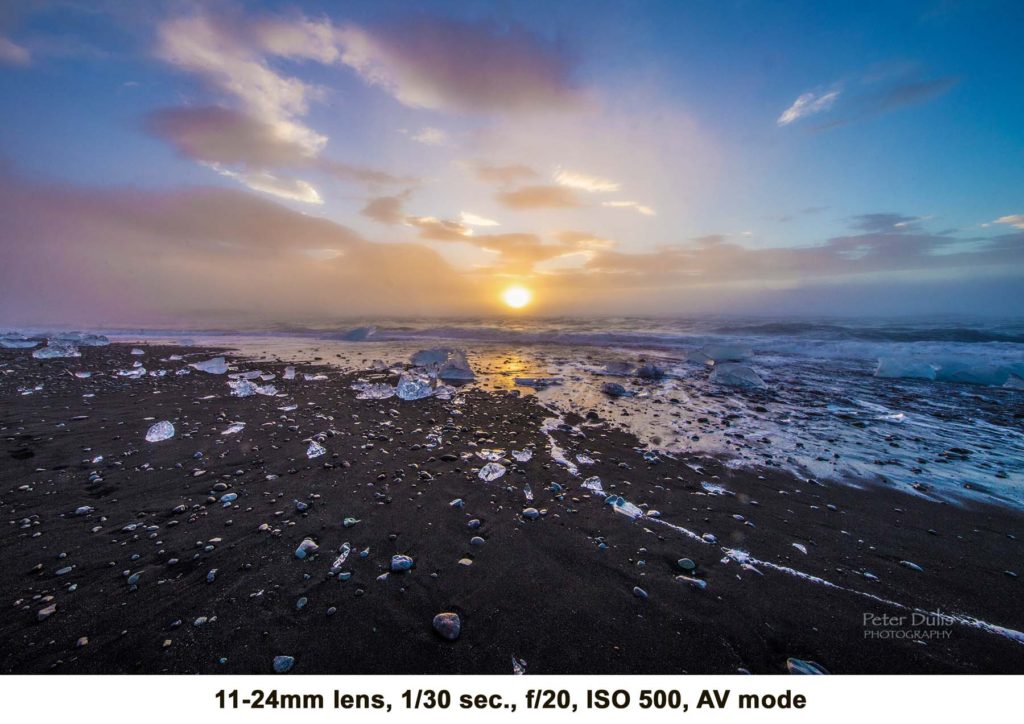
1. Light is Critical
You might have heard it said, it is better to have a decent composition with fantastic light than a great composition with poor light. Lighting is all important. It can make or break a photograph. It is important to watch your camera’s histogram to make sure you have good highlight and shadow detail. Go too bright or too dark and the image will be spoiled and hard to work with afterwards in post production. If the light is not right when you get to your location, you are best to scout out the area and come back another day when the light is right.
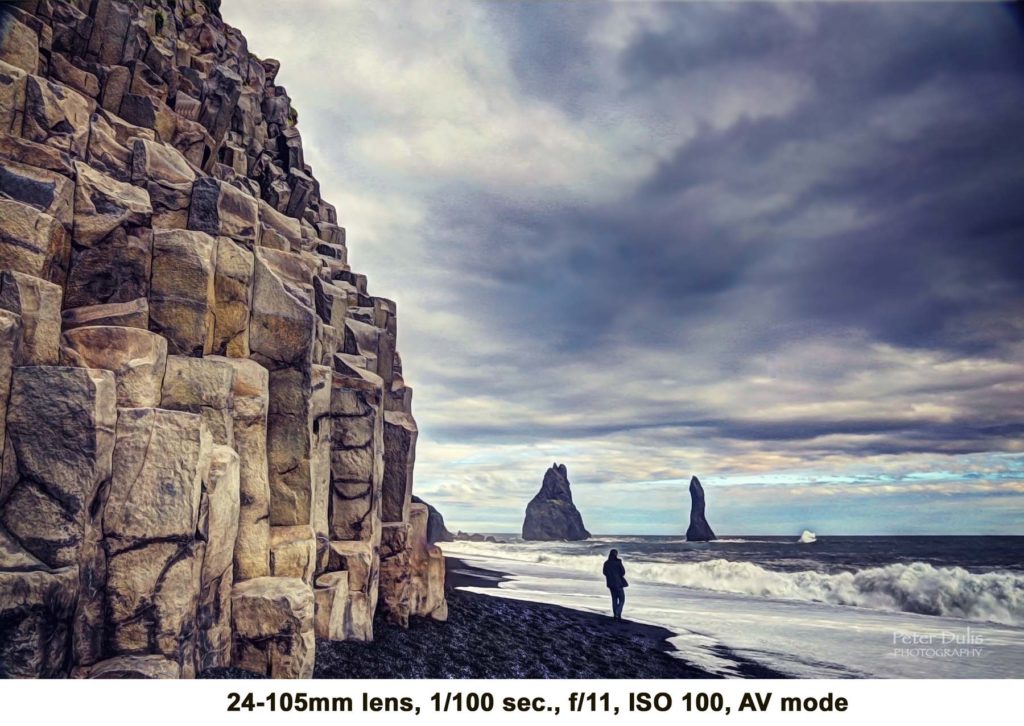
2. Every Picture Should Tell a Story.
Every picture should tell a story in its own unique way. When you take a photo, what are you trying to convey to the viewer? Photography is not just about taking photographs, it is about choosing a life of curiosity, exploration, and wonder and it all starts with developing an eye to see things from a different perspective that tell a story.
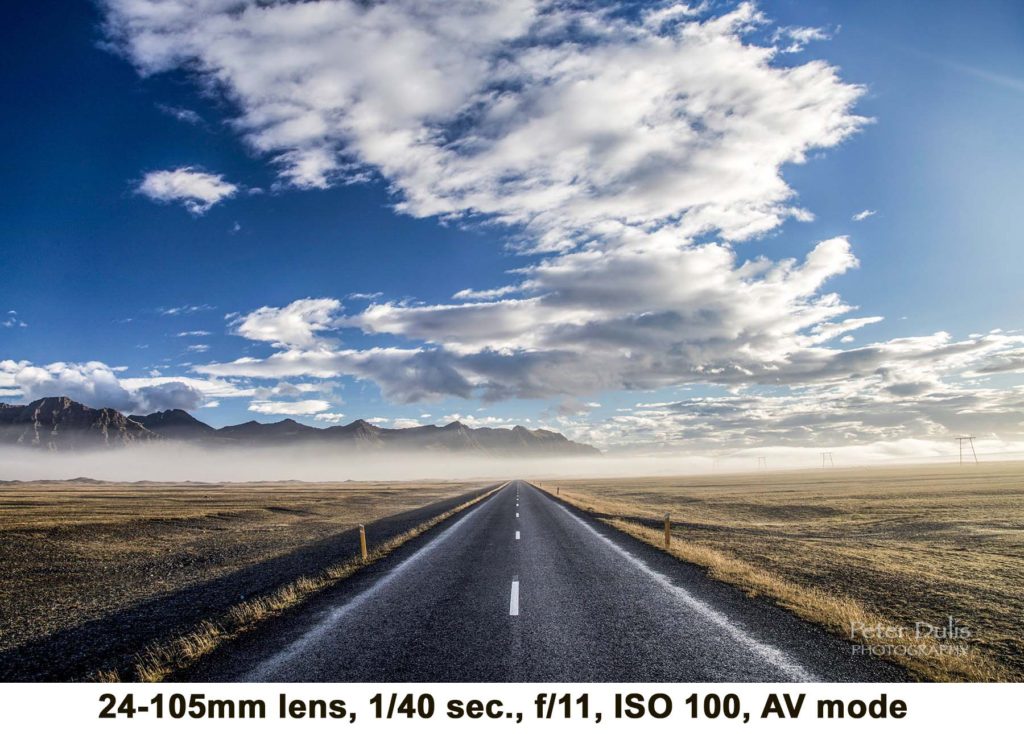
3. Composition is Key
Composition is the foundation of any good photograph. A good photographer arranges the visual elements within their frame to tell a story. Rules of composition may include using the “rule of thirds,” creating depth with “leading lines”, “focusing to fill the frame”, choosing a “suitable depth of field”, or perhaps using diagonal lines to add energy. You can look up these “rules of composition” online and practice using them in your photographs. My favorite saying is, “learn all the rules and then break them, and that’s when you start doing some brilliant stuff.”
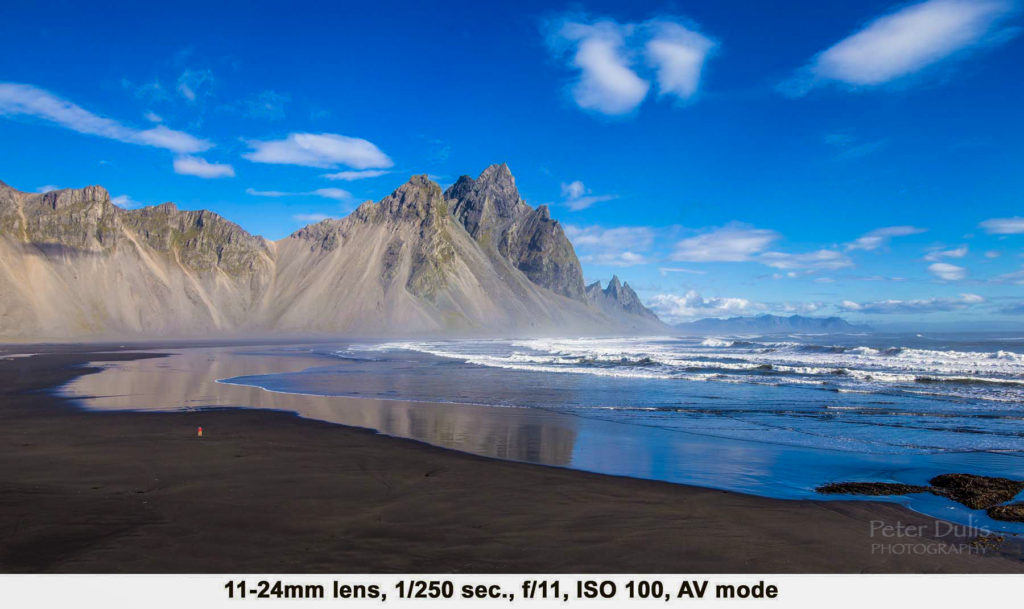
4. Serendipity (Timing)
Serendipity is one of the most beautiful things about photography. It is explained as “making fortunate discoveries by accident.” Sometimes things just happen in front of you, and we need to be ready to capture this moment in time. There is a need to be spontaneous, yet if you don’t do any preparation for the photo shoot, you will probably miss the moment. Sometimes I get up early to get to a location for that gorgeous sunrise just to discover that the blue hour, half hour before sunrise, was really the magical moment. It is all about the timing.
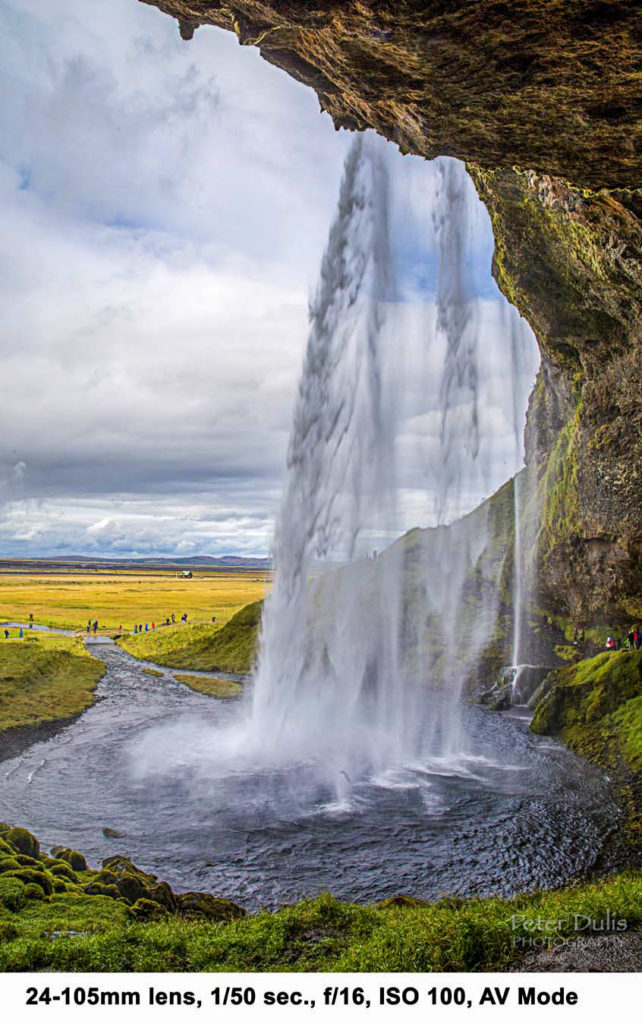
5. Image Processing
The last factor we want to look at has to do with the post editing of the image. If you are a strong believer in “Straight Out Of Camera” photos, then this last factor might not be as relevant for you. If you shoot in raw (which I would recommend) then you end up with a file that is much like a canvas upon which you can paint. I think this is a creative way to look at editing to create a memorable image. I do believe a good understanding of Lightroom or Photoshop can go a long way to creating a great image. In many cases, it can make or break an image. But be careful, too much contrast, too much saturation and other image manipulation can ruin a good image as well.
Conclusion
Once I have created the image that I am happy with, I feel it would be a disservice to just leave it in the digital abyss. Many people told me that they thought my images were beautiful when displayed online. But they were blown away when they could hold the image in their hands. Holding the printed photo allowed them to connect to the image in a much more personal way. The texture of the print with all its detail, brings out a whole new dimension to the image. I would highly recommend printing your image to experience this first hand. The Hahnemühle Natural Line is fast becoming my favorite medias to use. Check it out at your favorite camera store!
Happy Shooting!

6 thoughts on “Creating Memorable Photography”
Great shots bringing up great memories of my short Iceland trip many years ago.
we must have been standing in almost exactly the same place and using I think the same lens (mine was the Canon 24-105 at 24mm).
Thanks Joanne for the kind words- your right, there are iconic photo locations in Iceland / I think I hit most of them 😁
Gorgeous pictures as always. You have such great knowledge and control of the camera.
Thanks so much for the kind words and paying us a visit:)
Bonjour Monsieur Dulis
Vos photos sont toujours aussi magnifiques , ça donne une envie de voyager, sans oublier son équipement photographique.
J’ai lu votre texte et vous avez parfaitement raison, il est facile de détruire une photo avec trop d’interventions, mais avec le temps et
de bons conseils on finis par comprendre, merci de nous partager les vôtres. Antoine
Thanks Antoine for always proving encouraging words – Glad this blog was helpful
Tous mes vœux 🙂